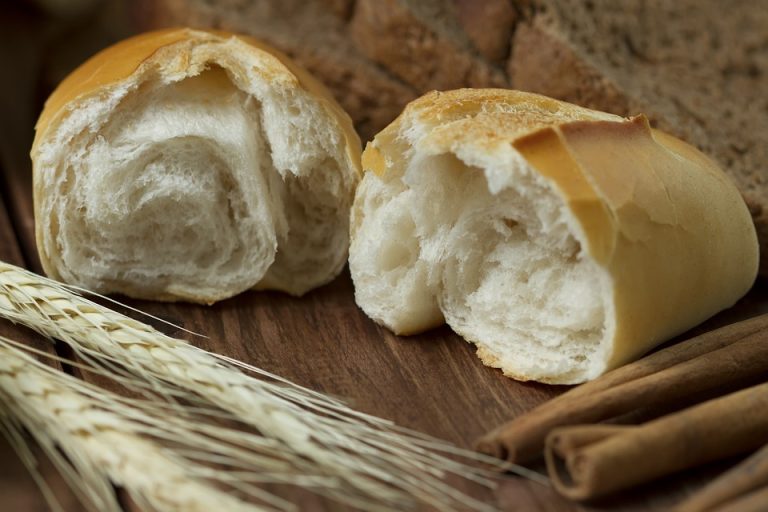
Homemade bread is a staple in many households, and for good reason. Not only does it taste delicious, but it also provides a sense of comfort and warmth that store-bought bread simply cannot match. However, many people are concerned about the calorie count of homemade bread and how it fits into a healthy diet. Here’s what you need to know about homemade bread and its calorie count.
First, it’s important to understand that the calorie count of homemade bread can vary greatly depending on the recipe and ingredients used. Generally, a slice of homemade bread can contain anywhere from 60 to 110 calories, although this can vary based on the size and thickness of the slice.
One way to control the calorie count of homemade bread is by paying attention to the ingredients used. Whole wheat flour, for example, contains more fiber and nutrients than white flour, and can therefore result in a lower calorie count. Additionally, using natural sweeteners such as honey or maple syrup instead of white sugar can also help reduce the calorie count of your homemade bread.
Another factor that can influence the calorie count of homemade bread is the addition of extra ingredients such as nuts, seeds, and dried fruits. While these can add flavor and nutrition to your bread, they can also increase the calorie count. It’s important to be mindful of the portion sizes of these add-ins to ensure that your homemade bread remains a healthy option.
Furthermore, the method of baking can also impact the calorie count of homemade bread. Baking your bread in a traditional oven versus a bread machine can result in different calorie counts, as well as baking it as a loaf versus as individual rolls or buns.
When it comes to incorporating homemade bread into a healthy diet, moderation is key. While homemade bread can be a nutritious and delicious addition to your meals, it’s important to be mindful of portion sizes and to balance it with other healthy food choices. Whole grains and complex carbohydrates found in homemade bread can provide sustainable energy and essential nutrients, but it’s important not to overindulge.
In conclusion, homemade bread can be a wonderful addition to a healthy diet, but it’s important to be mindful of the calorie count and ingredients used. By paying attention to the recipe, portion sizes, and additional ingredients, you can enjoy the comfort and satisfaction of homemade bread without compromising your overall health goals. So go ahead and enjoy your homemade bread in moderation, knowing that it can be a delicious and nutritious part of your diet.